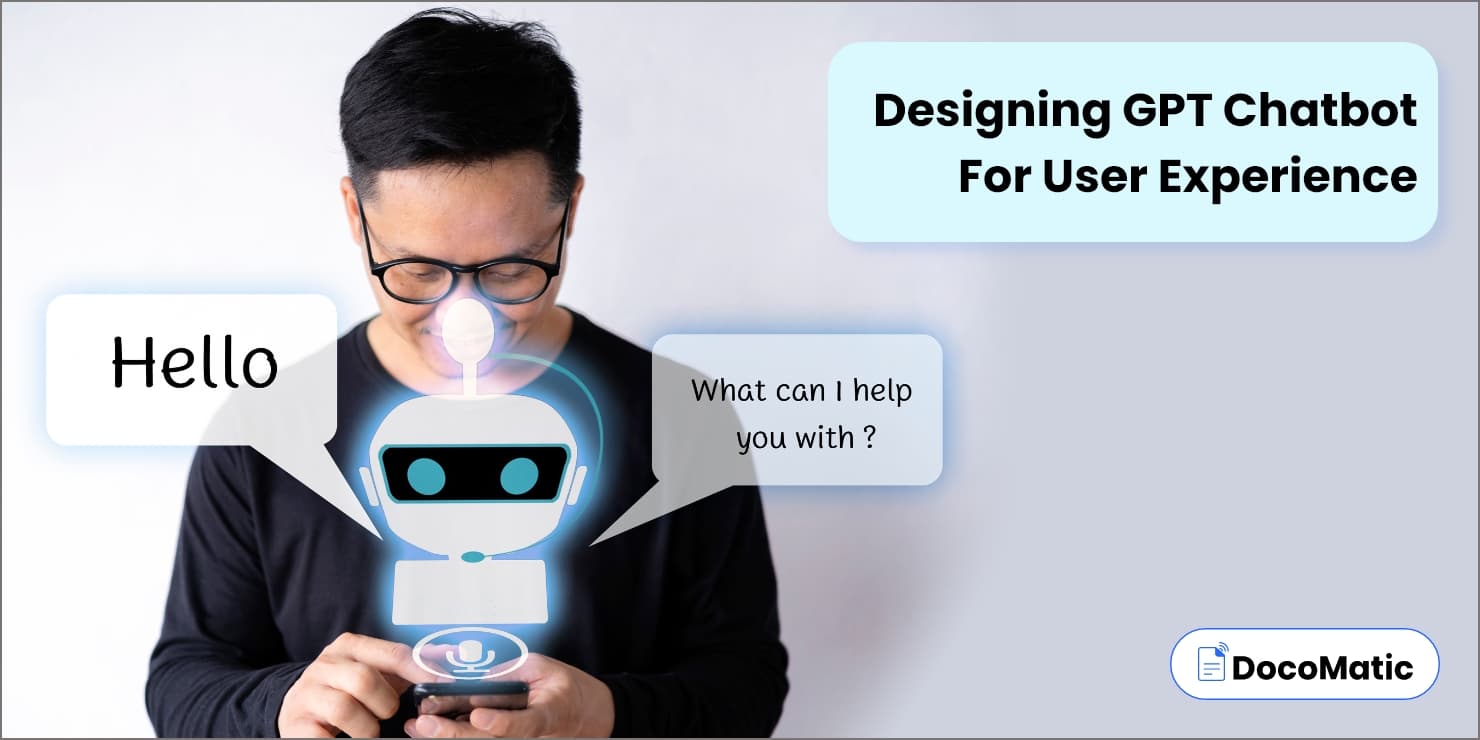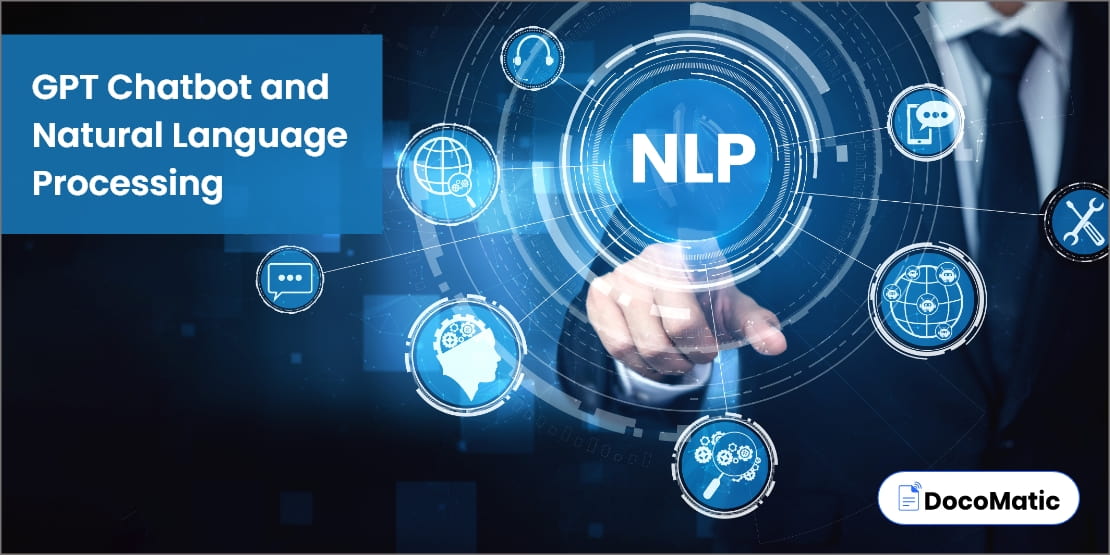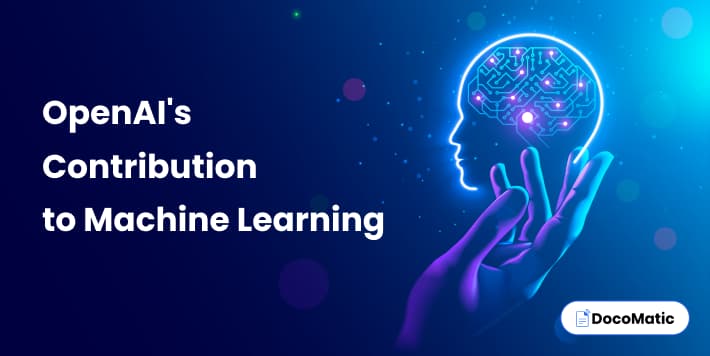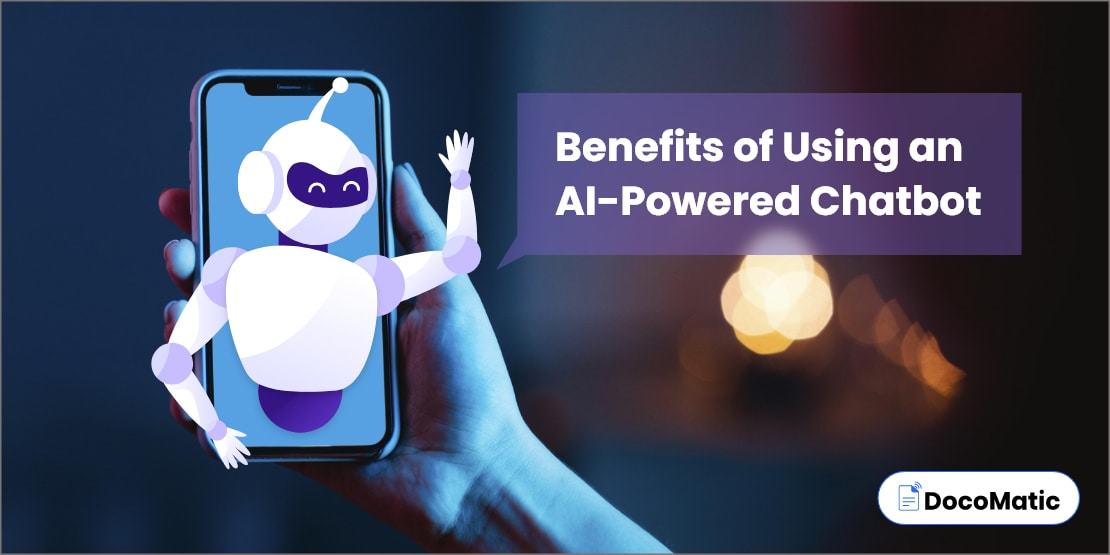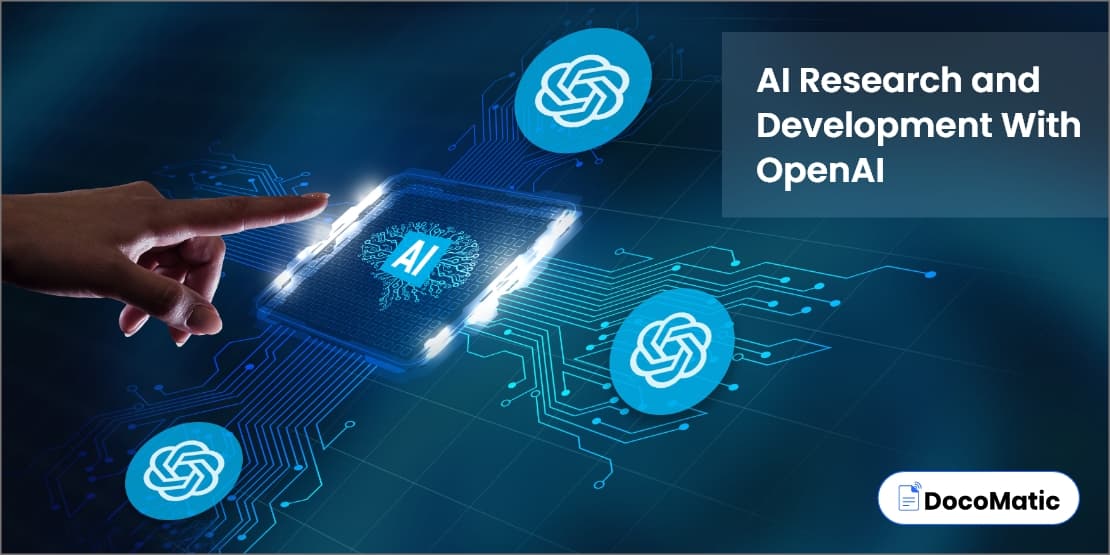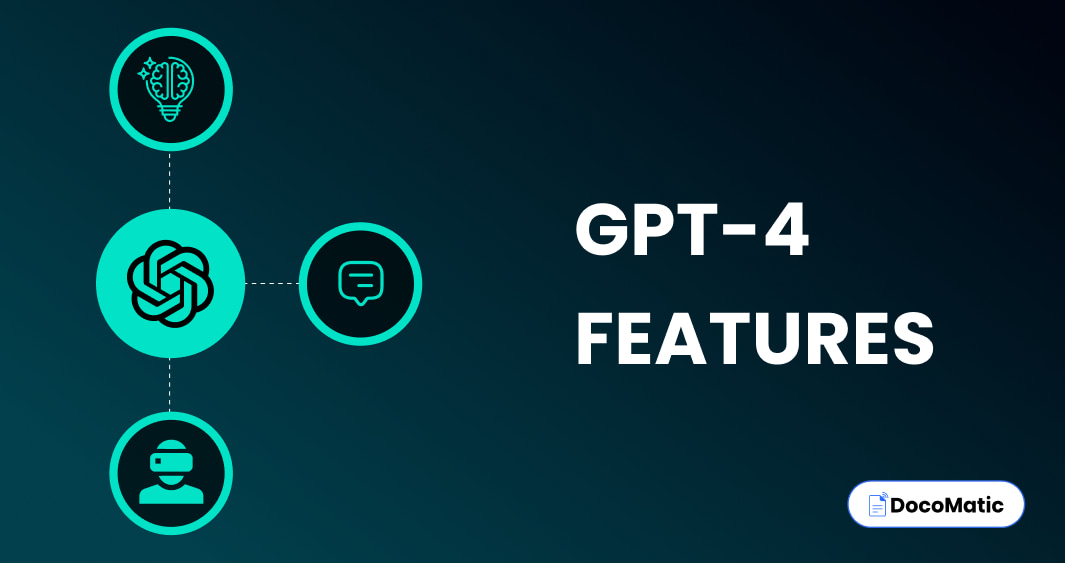“Will that be okay to say that AI-based chatbots are like a chameleon – they adapt to their surroundings and constantly evolve to suit the needs of the moment.”
According to the reports, 75% of the executives surveyed believed that AI will be actively implemented in their companies within the next three years.
GPT chatbots are already at the frontline of this transformation. Businesses are using GPT chatbots more frequently to increase customer interaction and streamline processes as their complexity rises. However, when it comes to developing a great user experience there is more than just cutting-edge technologies.
It necessitates an in-depth understanding of human interaction and communication, as well as an emphasis on developing a user experience using GPT chatbots that is captivating, logical, and specifically catered to individual requirements and preferences.
Let’s dive into the world of GPT chatbots and learn some tips and tricks to design GPT chatbot for user experience.
Table of Content
What is GPT Chatbots?
GPT is a natural language processing model which stands for Generative Pre-trained Transformer powered by Open AI. The latest version of GPT has 175 billion parameters and is trained on 499 Billion tokens. GPT is a conversational AI-based tool that uses machine learning techniques to generate human-like responses.
The GPT chatbots are designed in a way that understands the context of the conversation and responds in a way that reflects human conversation, allowing them to interact with users in a more natural and engaging way.
Have a look at some additional information:
- GPT chatbots are trained with massive datasets from different sources available. An example of this can be books, articles, novels, websites, and whatnot.
- The GPT chatbots are trained through neural network architecture, which facilitates the Chatbot to understand the user behavior and intent through which they can human-like responses.
In what Ways Are GPT Chatbots Used?
There are various use cases of GPT chatbots as mentioned below:
- Automate customer support
- Virtual assistants
- Unique content creation
- Language translation
- Streamline customer service processes
- Provide faster responses to user inquiries
- Automate routine tasks
- Free up human agents to focus on more complex issues.
The AI-enhanced GPT-3 chatbot can also:
- Recognize human speech, whether it be spoken or written, and give the appropriate answer.
- Understand the settings of discussions and make predictions.
- Determine which words are most crucial in sentences.
- Rephrase lengthy texts.
- Text translation.
This way you can leverage the benefit of streamlined user experience if you accurately know how to use GPT-3 (with examples).
How do GPT Chatbots Work?
GPT chatbots are supported by the neural network architecture. The neural network architecture is trained to work on a massive set of text data through which it recognizes the pattern and relationship within the data and generates responses similarly.
Let’s see how the GPT chatbot’s algorithms are trained to achieve user satisfaction by generating human-like responses.
We can keep arrows in between to show this as a process while creating the image.
| Input Processing The user’s message is taken as input & preprocessed by the chatbot to ensure that it meets the model’s standards. | Embedding The preprocessed user interface is then converted into a numerical representation to understand the user needs and intent | Machine Learning Model The chatbot uses a pre-trained neural network architecture to generate a response. The model uses the embedded input to generate the most likely response. | Response Generation The chatbot generates the response to the user based on the predicted output by the machine learning model. |
Wanna read more about the one who introduced us with this effortless technology named GPT? Here you go, read all about OpenAI, the company behind GPT.
Benefits of Using GPT Chatbot
There are several benefits that users can avail of using GPT chatbot. Some of them are mentioned here:
- Can improve customer service by providing quick and accurate responses to common inquiries and basic user research.
- Reducing the load of human customer service agents.
- Reduce the chance of error messages while delivering the data.
- Automate routine tasks and processes, helping the employees to focus on higher-level tasks.
- Additionally, GPT chatbots can provide valuable data insights, including customer preferences and behaviors, which can be used to inform business strategies and decision-making.
Transformation: From Graphical User Interface to Conversational User Interface
Though creating graphical user interfaces (GUI) is a decades-old practice, designing conversational user interfaces (CUI) is a new frontier. Conversational interfaces enable users to communicate with software through human-computer interaction rather than graphical buttons, visual elements, and links.
GPT chatbots are a popular example of the conversational user interface, allowing users to interact with software through text or voice. Chatbots can provide recommendations, book tickets, order food, and more.
Instead of searching for information by tapping buttons, users can simply ask the bot a question like, “What’s the latest news on the NBA?” or “How much money do I have in my account?”
Best Practices Available to Craft Superior User Experience of Chatbots
Here are some recommended best practices and tips for UX designers seeking to create exceptional chatbot experiences.
- Understand the Platform: It is very essential to get introduced to the tools and technologies of the platform before building a GPT chatbot. To ensure that the chatbot is created as efficiently and effectively as feasible, this should contain its capabilities, weaknesses, and limitations so that UX designers can work on it. The ultimate design should be to convert the challenges into opportunities.
- Frame the purpose: The goal of why you are building the GPT chatbot should be clearly and specifically stated. It should be created in a way that makes it simple and quick for users to accomplish their objectives. To guarantee that the UX design fits the user’s needs, it is essential to comprehend the chatbot’s goal.
- Choose an appropriate tone of voice: The chatbot’s personality should be in line with the brand it represents. The language used should be crystal clear, succinct, and simple to comprehend, with a tone of voice appropriate for the target audience. You can do the following:
- Establish a tone of voice that builds trust with the user and consistency. Professional, conversational, enthusiastic, informational, and sarcastic are some of the types of tones you can ask the user to choose from.
- Then you can actually facilitate the user with an option of what answer style they want – either data-driven or AI-enhances.
- You can even ask them the length – either a brief, consider, or detailed.
- Design User Flows: That Improve the User’s Life: User flows should be created with the user’s objectives in mind to make it as simple as possible for them to perform tasks and achieve their intended results. The chatbot should be developed to foster greater engagement and less annoyance, thereby improving the user experience.
- Guide the users with detailed chatbot UX Design: The chatbot should be designed in a way that provides a clear path for the user, leading them to the desired outcome. The design should be intuitive, with clear call-to-action buttons and minimal distractions. The user should feel guided and supported throughout their conversation with the chatbot.
- Plan for misunderstandings: It is essential to anticipate and prepare for misunderstandings that may arise during conversations with the chatbot. This can be achieved by including fallbacks, error messages, and clarifying questions to help the user understand the chatbot’s capabilities.
- Monitor and analyze user behavior: User behavior tracking and analysis are crucial for enhancing chatbot functionality. This information will help you know the preferences, problems, and general efficacy of the chatbot for the user. The solutions you will provide after knowing the challenges will help you grab the best potential opportunities by delivering more smooth user experience.
FAQs
GPT chatbots can provide faster response times, handle repetitive user queries, and allow manpower to focus on more complex issues. They also provide 24/7 virtual assistance, which is usually beyond the human tendency to work beyond normal business hours.
To ensure that the GPT chatbot is user-friendly or not, you need to conduct user testing and get feedback from a real person. Ask them:
- If they are actually finding the chatbot conversational or not?
- Also ensure that the chatbot actually understands the user intent and responds in the same way or not.
- Ensure that the chatbot has clear and concise messaging and that it is easy to navigate and use.
Common mistakes to avoid while the design process of the GPT chatbot is:
- Not to use over technical language,
- Fail to provide enough options or information to users,
- Failing to properly test the chatbot before deploying it to users.
No, it is not possible that a GPT chatbot can handle each and every customer support inquiry, it may not be able to handle complex or unique issues that require human empathy and problem-solving skills.
Use natural language processing (NLP) algorithms to help the chatbot understand and respond in different languages. It may also be helpful to have native speakers review and provide feedback on the chatbot’s language capabilities.
Read more on how to tarin GPT-3 so that you can deliver more smooth and seamless user experience, ultimately strengthening your client base.
Conclusion
So, if you want to increase user engagement and satisfaction, designing the GPT chatbot that delivers a smooth and seamless user experience is the ultimate solution. Take the above-discussed factors into consideration, such as clarity while delivering responses, easy navigation, and a personal touch, and you are good to go.
Remember that improving the user experience through conversational interfaces is your ultimate goal when you set out to build your own GPT chatbot. This may be done through a careful UX design process and effective implementation of the design project planned.
